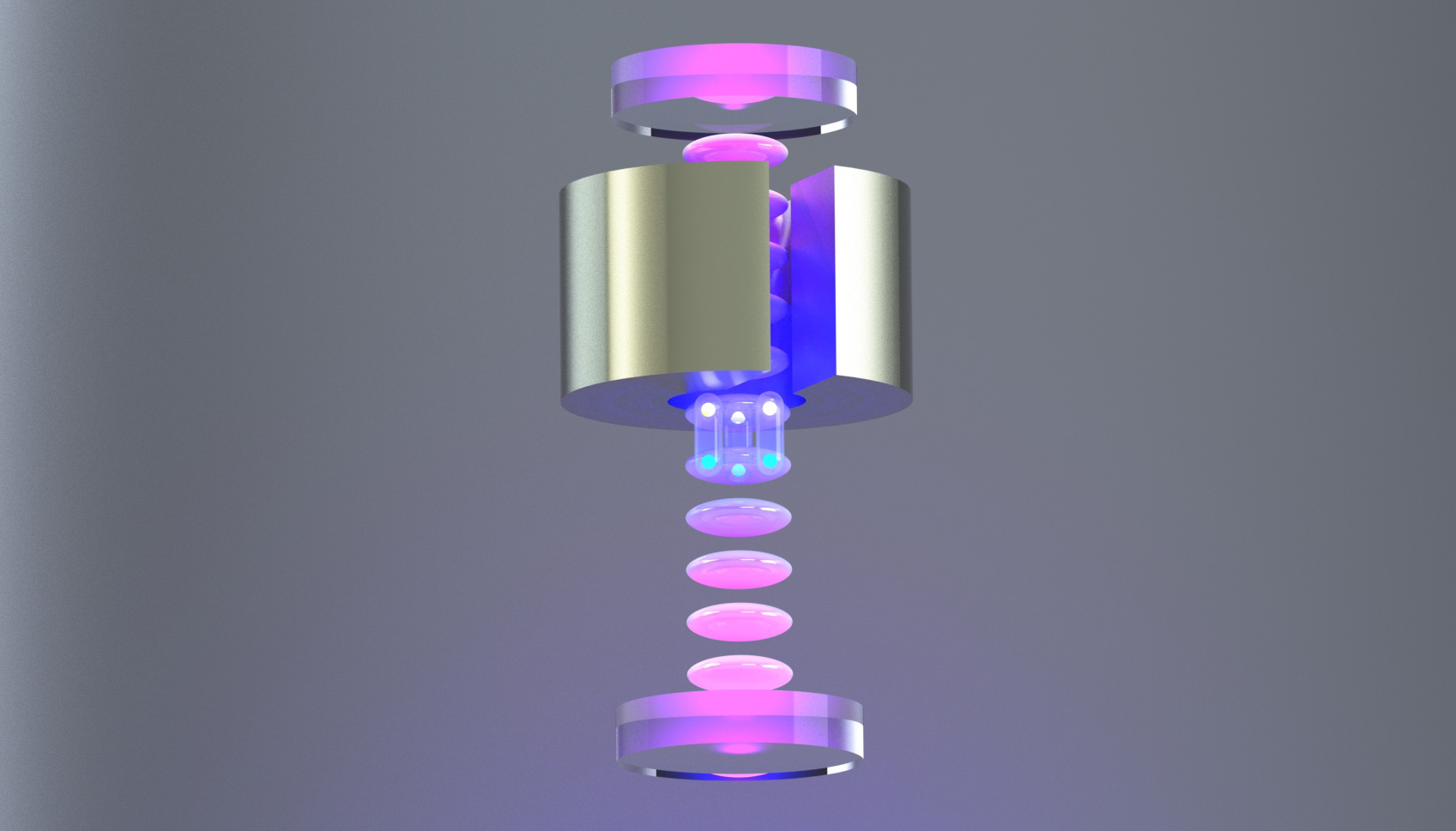
**Scientists Create Quantum Navigation Instrument at University of Colorado Boulder**
Academics at the University of Colorado Boulder have crafted an innovative quantum navigation instrument, adept at measuring acceleration across three dimensions with the use of cooled atoms. This advancement, detailed in Science Advances, promises to improve navigation in environments where GPS is unavailable and presents possible uses in identifying gravitational waves, examining physical laws, and exploring dark matter.
**Groundbreaking Atomic Motion Sensor**
Conventional accelerometers operate on a single axis, whereas the new instrument utilizes a Bose-Einstein Condensate, enabling it to measure three-dimensional acceleration. This particular state of matter allows atoms to exist in multiple positions at once, generating interference patterns similar to fingerprints for various motion vectors.
**Progress in Quantum Fingerprint Interpretation**
The instrument’s advanced 49-channel output sets it apart from standard interferometers. By interpreting these complex patterns, scientists can obtain exact acceleration data. Demonstrations revealed the instrument capable of measuring accelerations along two axes with impressive precision.
**Incorporation of Machine Learning**
The creation of this quantum instrument involved machine learning algorithms that developed the specific laser control sequences needed for manipulating rubidium atoms. These computational methods are essential, as human insight alone could not decode the instrument’s intricacies.
**Possibilities Beyond Navigation**
Unlike mechanical sensors, atoms do not deteriorate over time, granting this quantum accelerometer longevity and flexibility. Although current sensitivity levels are limited, improvements are expected. The instrument’s programmability enables it to operate variably as accelerometers, gyroscopes, or gravity gradiometers.
**The Bayesian Statistical Advantage**
By employing Bayesian statistics, researchers can extract multiple parameters from individual measurements, indicating a new direction in quantum sensor application. This multichannel functionality allows for the differentiation of accelerations with the same magnitudes but different orientations.
**Future Prospects**
With a $5.5 million funding boost from NASA, the technology has the potential to revolutionize navigation systems and progress scientific instruments. As measurement times lengthen and detection methods become more efficient, substantial sensitivity increases are projected. This research not only enhances quantum comprehension but also positions quantum physics as a tool for navigation. The onset of a quantum navigation transformation seems likely, propelled by these atomic fingerprints.